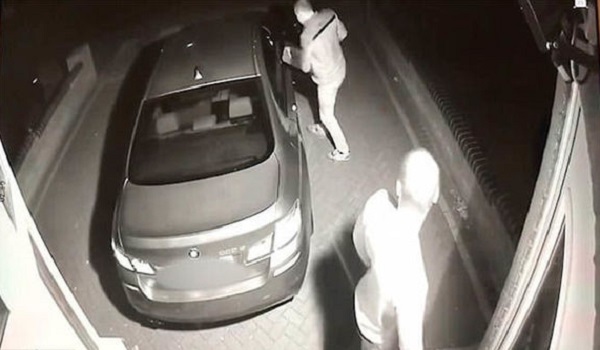Emergency mobile alert tests to be conducted
Tests to ensure that the public can receive alerts to their mobile phone in the event of an emergency will take place in selected locations throughout the country this autumn. Minister for the Cabinet Office, Francis Maude, said three tests in specific parts of Yorkshire, Suffolk and Glasgow are intended to test how various alerting technologies work and the publics reaction to them.

Tests to ensure that the public can receive alerts to their mobile phone in the event of an emergency will take place in selected locations throughout the country this autumn. Minister for the Cabinet Office, Francis Maude, said three tests in specific parts of Yorkshire, Suffolk and Glasgow are intended to test how various alerting technologies work and the publics reaction to them.
The Government and mobile phone companies O2, Vodafone and EE will conduct separate tests later this year to look at a how different technologies work and how the public react when they receive an emergency alert to their phone, said Mr Maude.
He explained the tests were not linked to any threat or specific hazard in the areas. We have included diverse areas both rural and urban as part of our tests, as we want to look at how effective the different systems are in different areas in using mobile phones to deliver mass messaging.
Messages will be sent to mobile phones in the test areas by SMS (short message service) in parts of Suffolk and Glasgow, and by SMS and Cell Broadcasting in parts of Yorkshire.
Cell Broadcast transmits text-type message to a defined geographic area. The mobile phone network is split into cells with a mast at the centre. During cell broadcasting, cells can be selected and a message broadcast to every active handset within it.
Cell Broadcast operates on a different channel to voice and location-based SMS (texts) which involves the use of a database to develop a list of numbers within a defined area in order to send them a message directly and therefore does not suffer from, or contribute to, network congestion. Personal data such as telephone numbers or user data is not required as the message is sent to all handsets in the area.
In total around 50,000 people across the three areas may receive the messages.
The message itself will make clear that it is only a test and I do not want the public to be alarmed in any way, said Mr Maude. We are also looking for help from the public in evaluating how well the tests worked and how they felt about receiving messages in this way.
He said public feedback would be encouraged in an online survey and at local focus groups.
Ensuing that local areas receive quick accurate information in the event of an emergency is crucial to an effective response and the information that we receive from these tests will help us develop systems that local emergency responders will be able to use in the future, added Mr Maude.
The ability to alert the public when responding to the wide range of disruptive challenges the UK faces is reflected in the inclusion in the Civil Contingencies Act (2004) of a statutory duty for Category 1 responders to maintain arrangements to warn and inform the public in times of emergency. Public alerting is one crucial part of this overall communications process with the timely dissemination of alert messages enabling recipients to take protective action in an emergency. Providing this information could significantly reduce the levels of harm experienced.
The Strategic Defence and Security Review (2010) set out the Governments commitment to evaluate options for an improved public alert system. The Civil Contingencies Secretariat (CCS) has since been working to understand where the current gaps in the UKs alerting capability are and how they can be addressed in order to fulfil this commitment.



